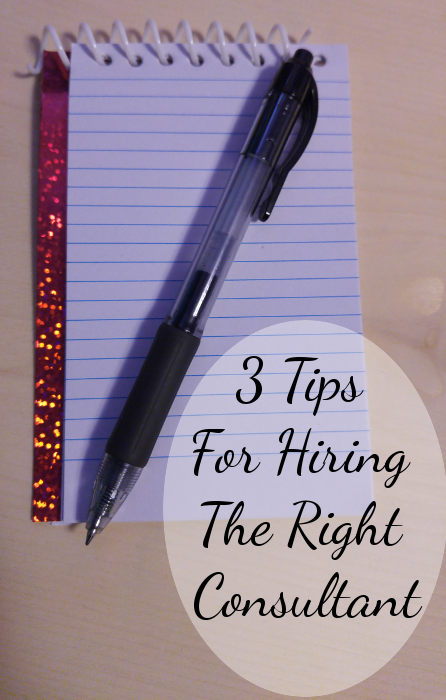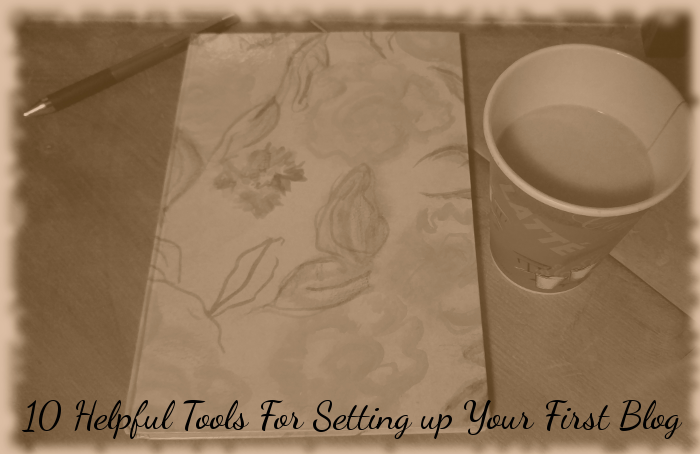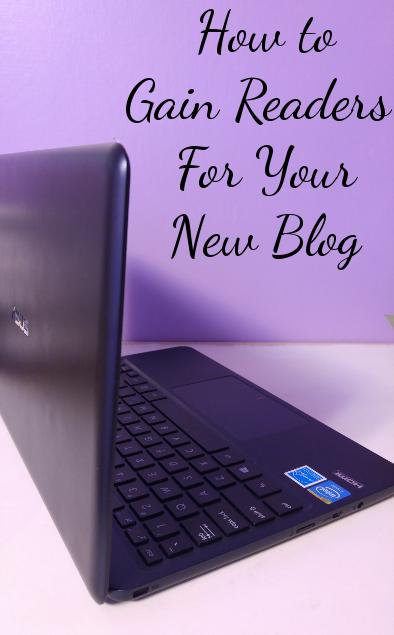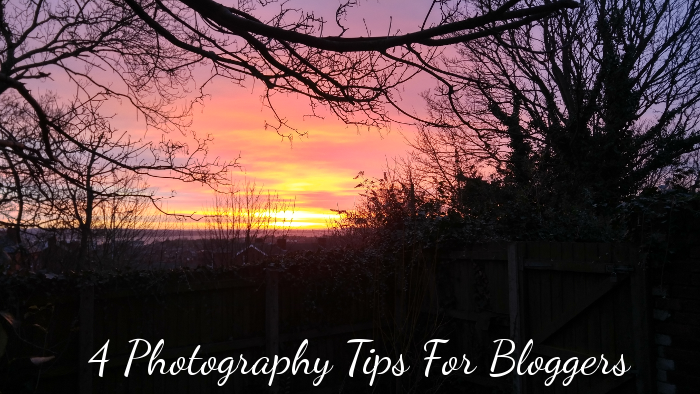
This is a sponsored post.
If you run your own business or work in management, then it’s likely that at some point the topic of consulting will come up. However, “Consultant” is such a broad term that it could mean everything from a medical doctor to a self-professed expert on a niche topic. So what exactly is a consultant, what do they do, and how do you hire the right one?
#1: Research What it Really Means
Broadly speaking, a consultant is anyone who specializes in a particular area of expertise and is available to advise others. In large organizations, consultants can work full time on staff to direct different departments in best practices. In other scenarios, consultants will also run their own independent consulting company full time and be hired on a case-by-case basis by others who need coaching for a set period of time. These type of advisers can be found in a range of fields, offering a wide variety of services to help guide and develop specific needs. There are even consultants who train other people how to be a consultant themselves!
#2: Know Where to Look
How you find a consultant will vary greatly depending on your field and what you’re looking for. If you’re a business owner looking to develop and improve a particular aspect of what you do and need a dedicated consultant, you might research consulting firms, ask for referrals, recruit on a job board, or even scout LinkedIn for potential hires. In other instances, an expert may be hired to consult on a temporary basis in addition to their regular job – for example, a filmmaker writing a script about dinosaurs might hire a paleontologist on a one-time basis to consult on their set to ensure accuracy. Ask yourself what your needs and goals are, and use that as a jumping off point to start the search.
#3: Learn How to Spot The Right Candidate
Since consultants are meant to be experts in a specific industry, word-of-mouth recommendations from trusted colleagues in your circle carry weight and can help you narrow down potential candidates. Credentials will include their education, resume, and any accreditation with relevant organizations – for example, management consultants can join The International Council of Management Consulting Institutes – but since consulting covers such a broad swath of specialties, not all areas have an organization such as this. As with hiring any candidate, vetting their resume, background and references is of utmost importance; and when it comes to a niche like this that is rife with corporate buzzwords, you want to make sure you’re hiring an actual expert – not just someone who has talked themselves up with nothing behind it.











